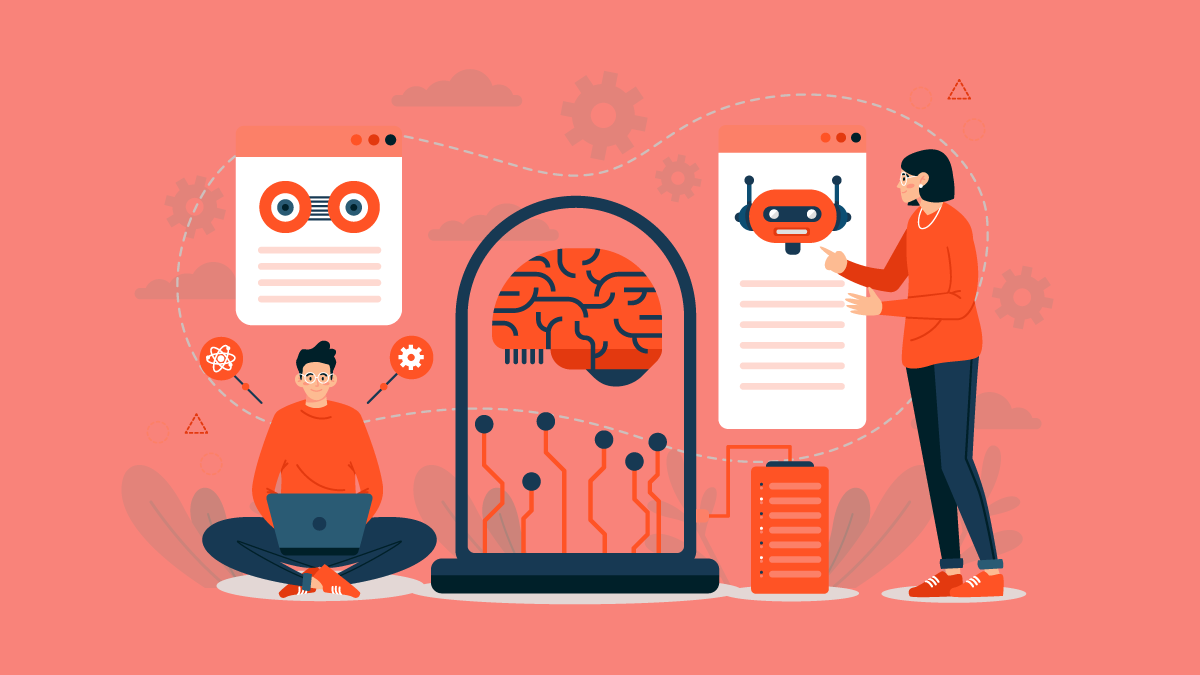
The possibilities of artificial intelligence seem limitless. One of the most notable features of neural networks has been image manipulation. Restoring old photos or applying filters has been available for a long time. That’s why artificial intelligence added to this process doesn’t seem revolutionary.
But creating images from scratch is a prime example of using technology. Such pictures look unusual and futuristic, although often far from perfect. So if you want to have an animated picture as wallpaper, it is better to download the one using a special application. Which one? Read on appslikethese.
No one doubts that the introduction of digital technology in the learning process helps teachers and students achieve the best results in gaining knowledge. For example, the introduction of AI in online language learning has already proved its effectiveness.
The convenience and flexibility of using digital technology are attracting more and more teachers with the ability to immerse students in the subject. You can explain as much as you want, show pictures and diagrams, but you can not achieve such an effect as with the help of virtual reality technologies.
Features of learning a foreign language using AI
Digital technologies completely change the established model of education. Firstly, a student will never fall asleep in class, because classes are interactive and it is interesting. Secondly, the use of AI ensures adaptability and personalization of the learning process. And this cannot be achieved in a traditional lesson. Thirdly, the system of digital assessment of student’s AI progress allows the instructor to quickly adjust the course of study. Moreover, AI allows you to assess the level of knowledge of the future student. And then choose the most effective training format at the initial stage.
The use of AI in language learning
Unlike traditional lessons, the learning process with the use of AI is more interesting and productive. Instead of boring written words and phrases on paper, words are studied in an interactive format. Learning with AI is never boring. The ability to constantly change activities keeps your attention focused and helps you concentrate on the lesson. The algorithm adapts the content for a specific student, taking into account many factors. These are the initial level of knowledge, previous experience, quality of perception of information, the level of assimilation of educational material. Also, based on these statistics, the learning format is chosen. The student will be able to perform both creative assignments and the more familiar program.
In the process of language learning AI allows full or partial automation and analytics of all processes. From the selection of the teacher to the specifically chosen task, checking homework. As well as training, which failed to pass correctly the first time, automatically issued for repetition and consolidation. Thanks to the introduction of AI, there is a clear structure in the classes. It is possible to track the student’s progress at all levels. The student himself, the instructor, the student’s supervisor – all can view the statistics and help the student to achieve better results. For example, the vocabulary and grammar skills are practiced using practical interactive tasks: vocabulary – collect the word in pieces, write the correct variant or choose the right one. All the words are accompanied by a picture, voice, and translation.
Working with AI is also very useful for teacher training. You can track what causes the program to change the teaching plan, what factors it takes into account, and what the student’s progress is as a result. Or, for example, selecting participants for teamwork. It happens that the teacher may succumb to some emotional influence. As a result – overlook something, underestimate or overestimate the level of knowledge and capabilities of the participants. The AI will do this impartially and according to the participant’s level of knowledge, abilities, and interests.
Is AI’s future in language learning far off?
But no matter how tempting the idea of fully robotizing the educational process may be, it is still impossible. At least in the next decade, for several reasons. For our part, we can offer two of them.
First, the teacher plays a role not only as a carrier of information but also as a mentor. Students always have a sense of responsibility in front of them. And to develop the right reactions to different life situations is more accessible to a person than a machine. The latter will choose the right action not intuitively, but by analyzing a thousand possible options. Therefore, we should consider AI as an effective assistant to the teacher, which makes quality analytics and personalization of the learning process.




